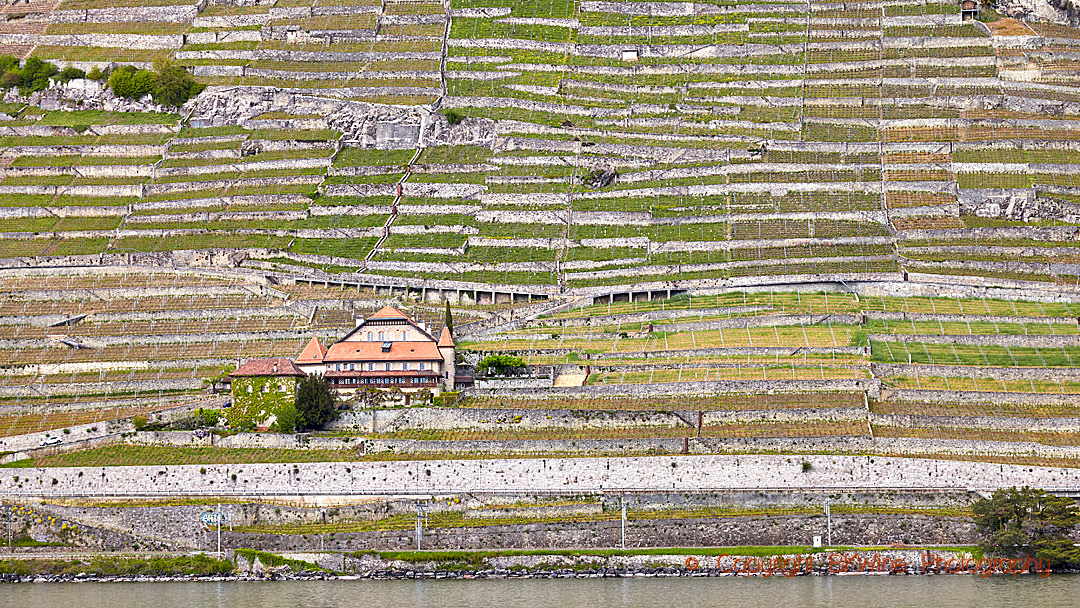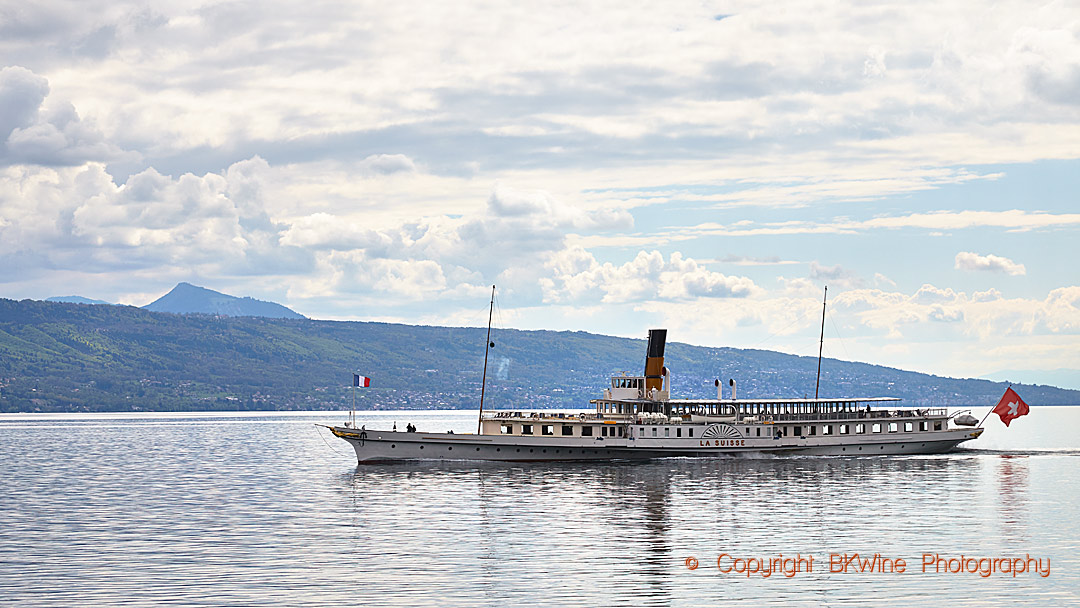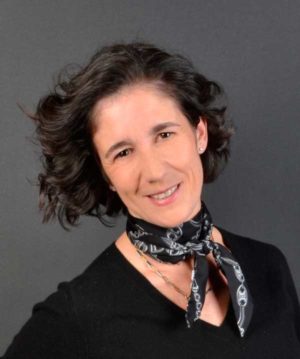The Fête des Vignerons de Vevey, held in the beautiful wine region of Canton of Vaud four times a century, is a tribute to the vine, wine and winegrowers. The 2019 edition attracted more than 1 million visitors during three weeks and gave a fantastic show celebrating the terroir and its treasures but also life and living traditions. It was a special occasion to discover again the amazing vineyard terraces of Lavaux, listed as a Unesco World Heritage, and also an occasion to enjoy chasselas wines.
2019 is a special year in the Canton of Vaud and by extension in Switzerland and on the wine planet. 2019 is the year welcoming the Fête des Vignerons de Vevey (The Winegrowers Festival), or FeVi for short, organised every 20 or 25 years. Once per generation. Since the 17th century. Here and nowhere else. The Fête des Vignerons takes place in the charming village of Vevey, beautifully located between Montreux and Lausanne, on the north shore of Lake Geneva, surrounded by vineyards and the Alps. From July 18 to August 11, 2019, Vevey organised the 12th edition of the Winegrowers Festival, a celebration of the vine, wine, and life.
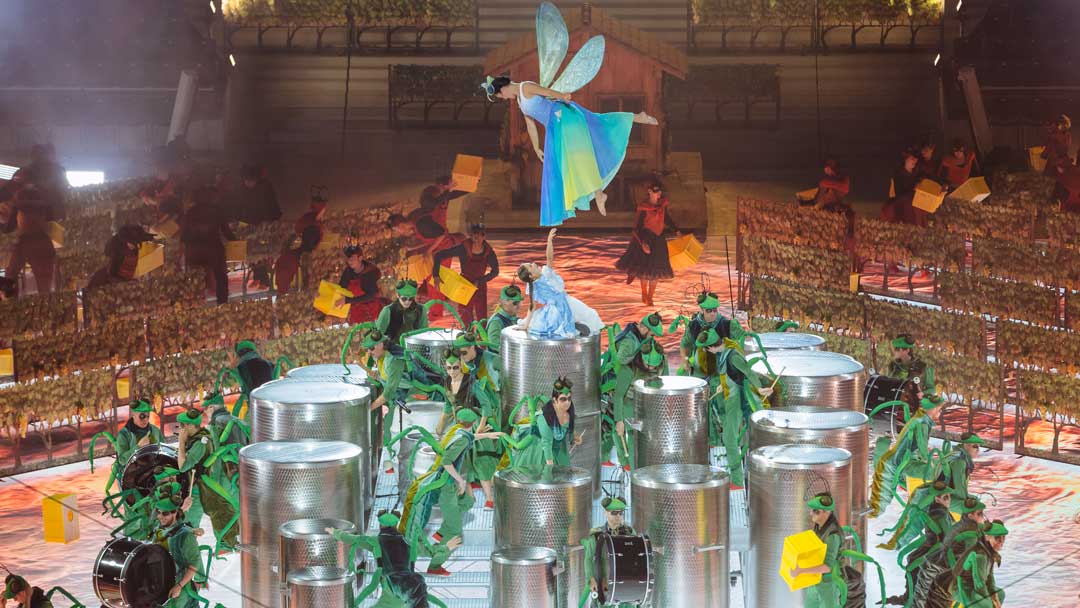
FeVi 2019: a tribute to the labour of the land, to the traditions and to nature and humankind
As said by François Margot, the Abbé-President of the Confrérie des Vignerons, “the labour of the land is what the Fête des Vignerons invites you to celebrate. To pay tribute to the hard work that connects the winegrower to his wines. To worship nature.” In 2019, the central piece of the Fête was the special show imagined by Daniele Finzi-Pasca (20 official performances in 25 days) and the Ville en Fête inviting local population, visitors and wine enthusiasts to enjoy Swiss wines and way of life.
During the more than 3 hours-long show, the spectator was invited to live one year in the vineyard in Lavaux and around. A year that starts with harvest time and then displays the cycle of the vine over the four seasons – from budding to vinification – but also the work of the winegrower all year round, pruning and training, trellising and planting. The year is also punctuated with banquets and weddings, dancing and fishing in the lake and puts on stage the inhabitants, the cattle and the birds from the meadows and from the vineyards. One of the most touching moments was when cows with floral crowns, ready to go up the mountain, invade the floor: the “Ranz des Vaches”, mentioned by Jean-Jacques Rousseau in his Dictionnaire de la Musique, is sung at each edition of the Fête des Vignerons and is a tribute to Swiss pastures and cheeses. The emotion was also high when a children’s choir echoed in the arena. Childhood was a central topic in this celebration as the 21 edition of the show told the story of Julie and her grandfather and spoke about traditions, transmission, heritage.
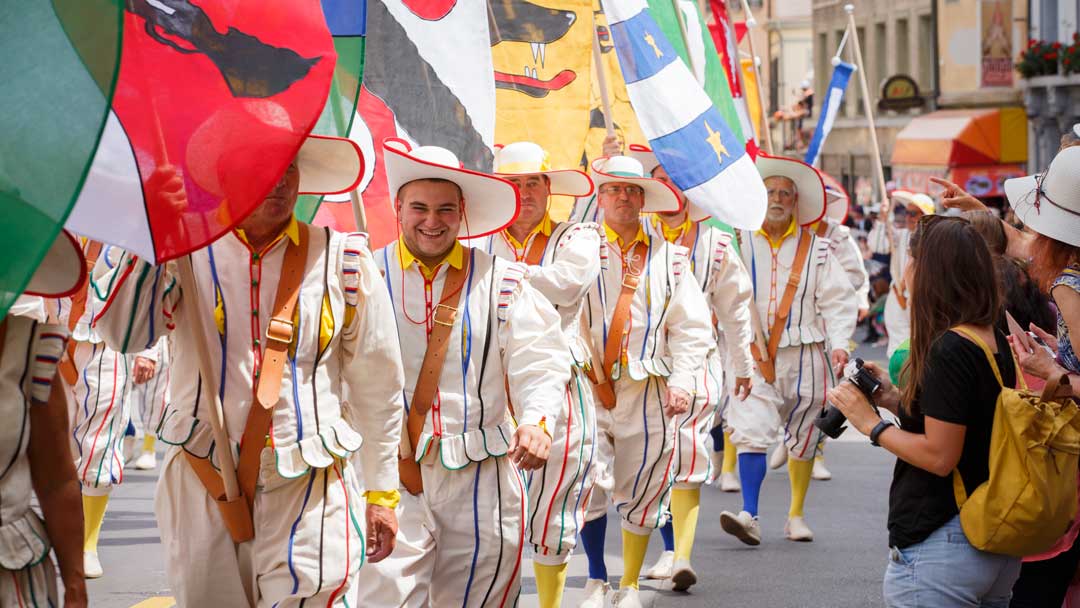
From 1797 to 2007 and later
This heritage is first that of this festival, organised four times a century. The first time the celebration took place was in 1797. Historically, the purpose of the event was to reward the best winegrowers, called “vigneron-tâcheron “, working for the lander owners. Each year, the vineyard plots are inspected, graded and compared, to reward the best work and the best winegrower, taking into account the grades of the past five years. The 2019 edition crowned a woman for the first time, Corinne Buttet, from Chardonne, working for Vignes de Vevey and Obrist SA. Sign of the times.
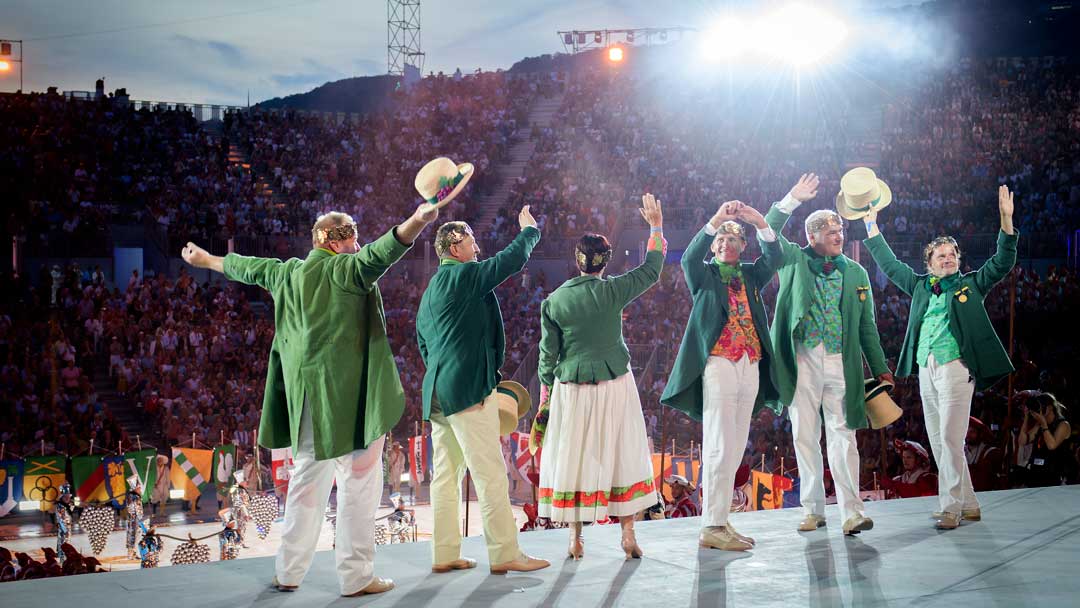
The other heritage is the celebration of a famous but little-known wine region, the Canton of Vaud. 3,750 hectares, six sub-regions and eight AOCs, three suns and one favourite grape. Three suns: thanks to the vicinity of the Lake Geneva and to the white colour of the stones reflecting light and heat, the vineyard benefits here from “three” suns.
Chasselas, the grape, is sometimes and especially here called the “terroir sponge”. It is the dominant grape and gives qualitative wines, some of them demonstrating at least ten years of cellaring potential. Following the shores of Lake Geneva, the wines from Canton of Vaud are labelled AOC La Côte (West of Lausanne), AOC Lavaux (from Lausanne to Montreux), which includes two grand crus: Calamin and Dézaley. Then, going towards the Rhône in the east, is AOC Chablais the other big wine region.
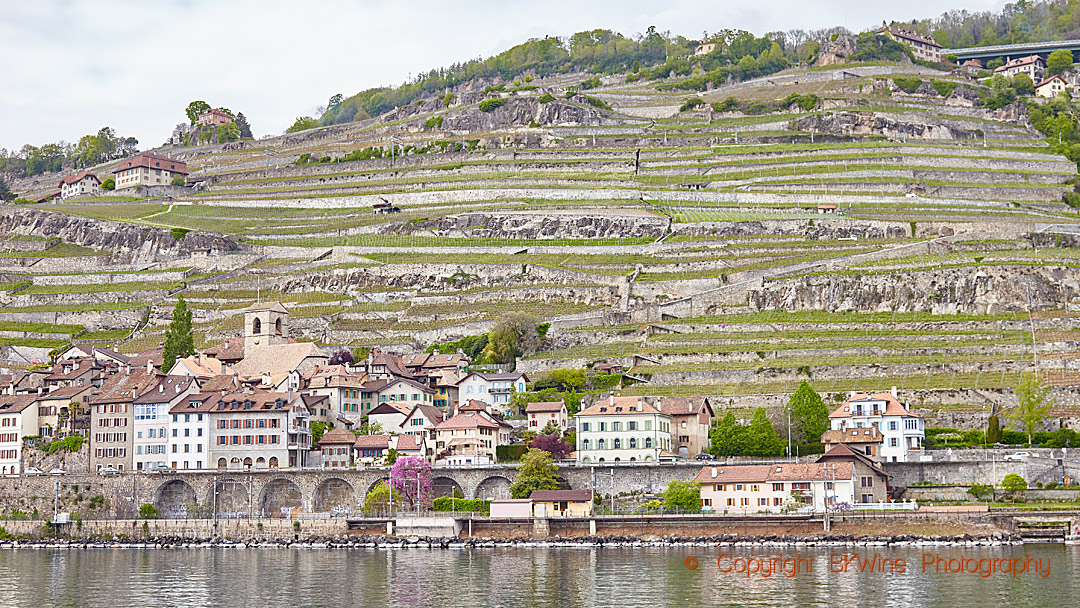
Lavaux is the most famous probably thanks to its scenic landscapes and historical wine-growing traditions, initially cultivated by monks, already in the 11th century. The vineyards of Lavaux comprises 400 kilometres of terrace walls and 10,000 terraces spread over 40 levels and are mainly dedicated to growing chasselas. The Lavaux vineyard terraces are listed as a Unesco World Heritage site as a cultural landscape since 2007.
In 2016, the Winegrowers Festival of Vevey was also included on the Unesco Intangible Cultural Heritage List. Waiting for the next edition, a visit to this exceptional wine and wine tourism destination is a good pretext to taste these regional wines that are, unfortunately, not much exported.
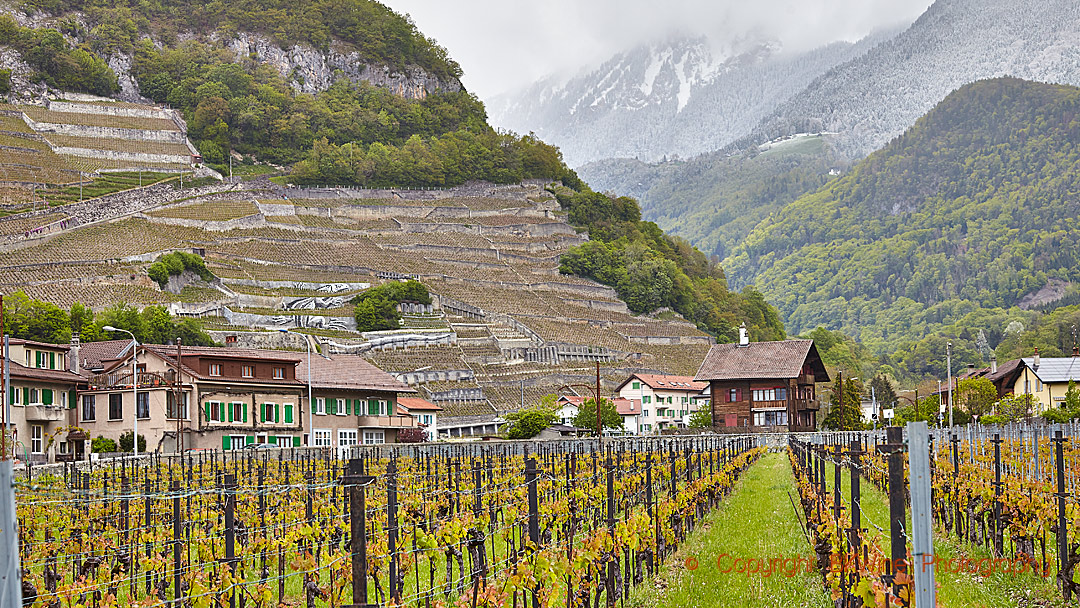
FeVi Winegrowers Festival 2019 in numbers
- The festival in the city
- 12th edition of the Vevey Winegrowers Festival
- More than 1 million visitors in the city during the 3 weeks
- More than 50 parades of wine brotherhoods
- 300,000 to 500,000 bottles of wine drunk
- 2,500 children taking part
- The show
- 20 official performances of the show
- 375,000 spectators
- 5,500 actors and extras, 9,000 singers
- A specially built arena with 17,000 seats
- The Winegrowers Brotherhood
- 74 winegrowers from Lavaux and Chablais awarded during the first performance
- Five kings and one queen crowned
- 19 silver medals and 49 bronze medals
More info:
Alexandra Foissac is a science, travel, food and wine writer based in Toulouse, France. Her personal site is 9skyline.com.
